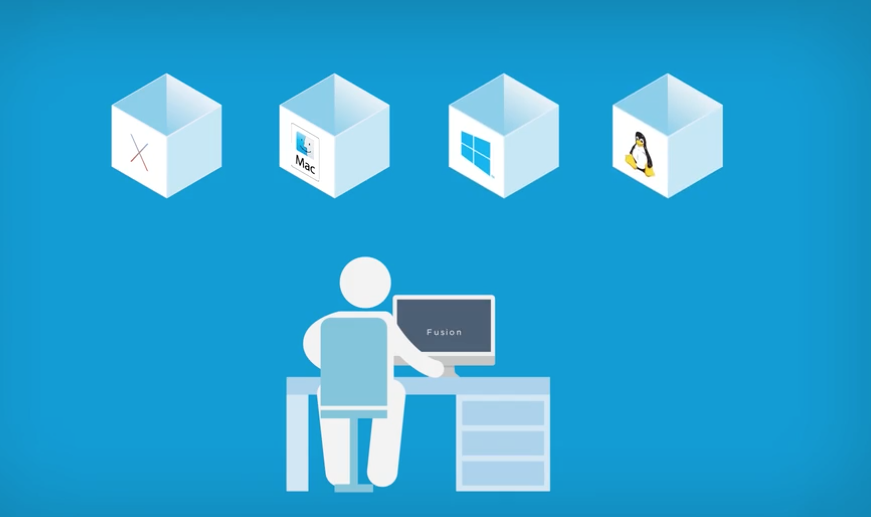

- #Windows vm on mac external drives how to
- #Windows vm on mac external drives install
- #Windows vm on mac external drives free
- #Windows vm on mac external drives windows
#Windows vm on mac external drives install
You'll need to dig out the OS X install disk that came with your Mac, as all the drivers are on there. Don't worry – this is all done automatically for you. You will then have to install the relevant drivers for your Mac's hardware (keyboard, webcam, sound card etc.).

#Windows vm on mac external drives windows
Run the Windows installation procedure as normal and let your Mac boot up into Windows. You may also need to format it before installing Windows (most versions of Windows recommend the NTFS file system, which is unsupported by OS X without the use of third-party software, however you can format it how you like). When selecting the destination for Windows, remember to select the partition that Boot Camp has just created for you (which should be labeled BOOTCAMP). You'll need to have administrator rights to your Mac before you start tinkering around with it. Now, go into the Boot Camp Assistant, which is located in your Utilities folder (bet you never saw it before!) and fire it up.

Most installation disks nowadays come with both versions included (your Mac will most probably want 64-bit). If you're unsure what "bit" rating your Windows is, check on the box or on the disk.
#Windows vm on mac external drives free

You can't install Windows from a disk image (unlike virtualization software).
#Windows vm on mac external drives how to
The disadvantage about these programs is, however, that they hog system resources like there's no tomorrow, so don't even try installing it on an older Mac as you'll experience a lethargic, sluggish Mac and your Windows experience will be pretty unbearable.Įither way, let's take a look at how to do it.īefore we start installing Windows using Boot Camp, you'll need to make sure of a couple of things first. The beauty about virtualization programs is that you can run both OS X and Windows side-by-side, and both programs feature a "Unity" interface whereby your Windows applications appear in OS X and can be launched natively, meaning you aren't committed to working inside Windows. You've also got the beauty of being able to run other operating systems, such as Linux, using these programs (Linux can be run under Boot Camp, however it isn't supported by Apple and can be a bit temperamental). The two leaders out there are VMWare Fusion and Parallels Desktop, and both of them offer pretty much the same set of features. Personally, I would recommend a virtualization program. Of course, Boot Camp is great if you're going to be using nothing but Windows, but if you want to use both Windows and OS X side-by-side, then it isn't an ideal option. The disadvantage is that if you want to use OS X, you will have to save everything you're doing in Windows and reboot your Mac. Running Windows under Boot Camp will give you a slightly better user experience as your Mac's system resources are being used exclusively for one operating system, Windows, not two. You can run Windows side-by-side using a virtualization package such as Parallels Desktop or VMWare Fusion.īoth ways have their advantages and disadvantages, of course.You can use Apple's Boot Camp to create a Windows partition on your Mac's hard drive, allowing you to boot either into OS X or Windows when you start your Mac.In short, there are two ways of running Windows on your Mac.


 0 kommentar(er)
0 kommentar(er)
